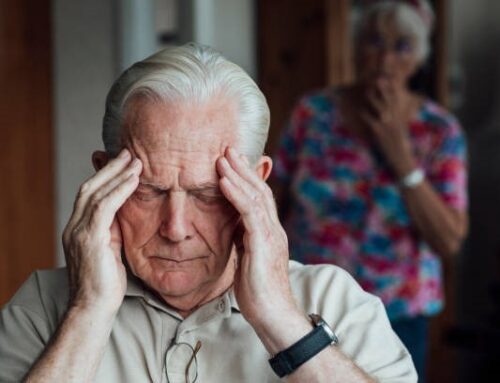America’s problematic health-care system must share some of the blame for its opioid and pain crises. The twinned problems of improperly treated pain and overused opioids require a transformation in management strategies to facilitate better ownership by patients themselves of their pain and overall well-being, and lead to less reliance on passive handouts from doctors, especially when those handouts consist only of risky drugs.
We have prescribed so many opioids that the mussels in Puget Sound contain detectable levels of oxycodone. And it is not an opioid problem alone: Many municipal water supplies are contaminated with traces of antibiotics, hormones, antidepressants and most major drug classes.
This situation cries out for the inclusion of effective, evidence-based non-pharmacologic treatments that offer significant benefits when used as an integral part of comprehensive pain treatment. Currently these strategies are often reserved until late in the game, as a last-ditch effort after all else has failed. The evidence for starting with non-pharmacologic care has led the Centers for Disease Control, the National Pain Strategy, the American College of Physicians and others to advocate for this reversed order of therapies.
Americans are seduced by the idea that drugs can solve most problems and are fast-acting, safe and simple solutions to whatever ails them. We have over-prescribed pain medications, which have become the gateway to heroin by overselling their benefits and underplaying their harms, and we also do this with other drugs, procedures and surgeries. The business model of medicine encourages simple solutions to complex problems, and by all indications this approach is not helping patients. Despite huge expenditures, pain and disability are rising.
How did we get into such a mess? The expectation of being able to eradicate pain has led the U.S. to prescribe 50 times more opioids than the rest of the world combined. We increased opioid doses to lethal levels before we recognized that opioids don’t work well for chronic pain. They become less effective the longer they are taken, and therefore require ever-higher doses. Less well-known is that opioids change vital hormonal and regulatory systems in the brain, making it difficult for people to reclaim their health and vitality.
The business model of medicine dictates brief medical appointments that can leave patients feeling confused and helpless. There is often time to discuss only one problem during their visit. This makes it seem that the headache, backache and depression are not connected even though they coexist and share the same roots. Over time, patients begin to think of themselves as collections of parts, so when they get treatment for one problem, whether with drugs, procedures or surgery, they may not even think about how treatment could benefit overall well-being and function. This encourages patients to be passive recipients of piecemeal care rather than active partners focused on health.
Shifting from opioids to other drugs is only a partial solution. There is harm caused by many commonly used alternative analgesics, including ibuprofen and other NSAIDs, which kill more than 16,500 Americans every year.
The vast majority of prescribed drugs relieve symptoms but do not improve health, and they often cause side effects which are then treated with more drugs. This cycle begins to feel like a game of Whac-A-Mole.
A white paper by the Pain Task Force for a consortium of 72 medical schools and health systems presents strong evidence showing that nonpharmacologic therapies are effective at improving pain and reducing the need for opioids after surgery and for acute, chronic and cancer pain. Therapies such as acupuncture, massage, osteopathy, chiropractic care, Tai chi and yoga, mind-body therapies, and nutritional changes are safe and cost effective. Many of these treatments have longterm general health benefits even 12 months after the therapy ends.
In our experience of working in medicine over many years, change comes slowly in health care. A shift in thinking will challenge our current health-care business model as well as the longstanding myth that conventional care is more proven than non-pharmacologic treatments. All therapies need to be judged by the same measuring stick — effectiveness, risk stratification and costs — and to achieve this we will need to educate medical professionals, patients and insurers in system-wide change. We can start with non-pharmacologic treatments that effectively treat pain without sacrificing long-term health.



